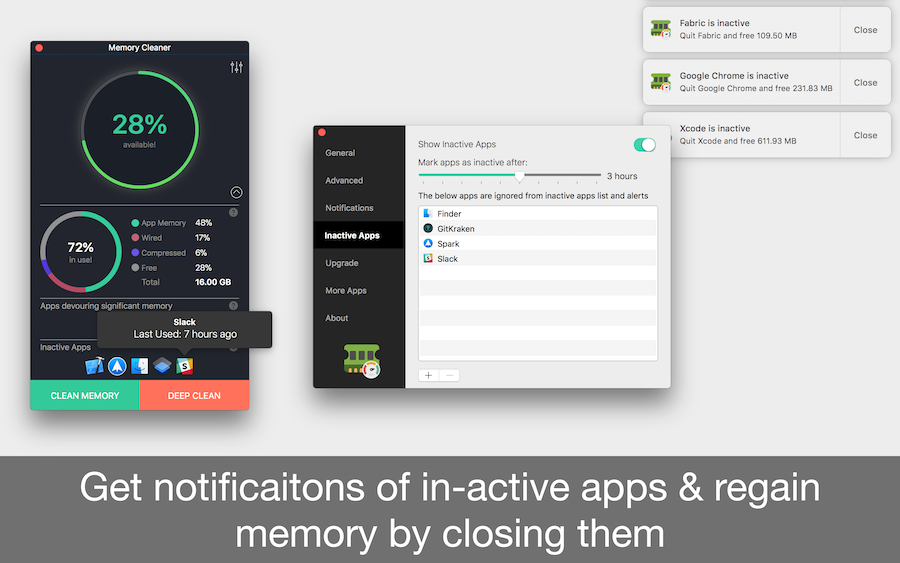


When the job is completed, the paired source-target segments are saved in the TM.Ī TM can also be created after the fact, by uploading source and target documents and running an “alignment” to create source/target pairs. The CAT tool displays the segments in a two-column interface so that a linguist can view the text in the source column and enter the translation in the target column. It might be a short sentence, a clause, or a page heading. How is a TM created?Īt the start of a translation project, project managers use a computer assisted translation (CAT) toolto break the source text down into segments. Keep reading to learn about how TMs are created, cleaned, and maintained. However, onboarding a new client might include a focused translation memory cleaning to ensure cost-efficient services. Our service to on-going clients includes translation memory maintenance. Any global businesses translating marketing and sales content across digital platforms (print materials, websites, mobile apps, video).Insurance clients generating and translating plan documents in order to meet regulatory requirements.IT and manufacturing clients who need periodic updates of technical sales information, manuals, and software.Who benefits most from translation memories? TMs streamline the process by helping identify all new content and auto-filling unchanged translations from prior versions. Translation memories (TMs) reduce translation costs and turnaround times for frequently updated content. Facebook Tweet LinkedIn Translation memory cleaning and maintenance


 0 kommentar(er)
0 kommentar(er)
